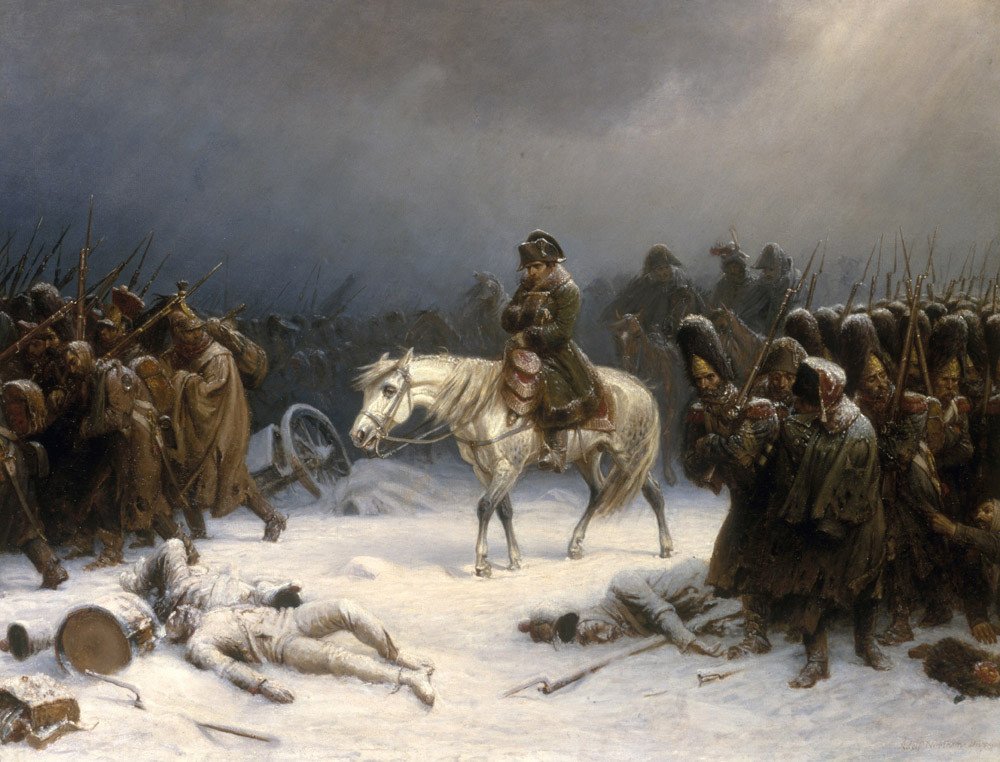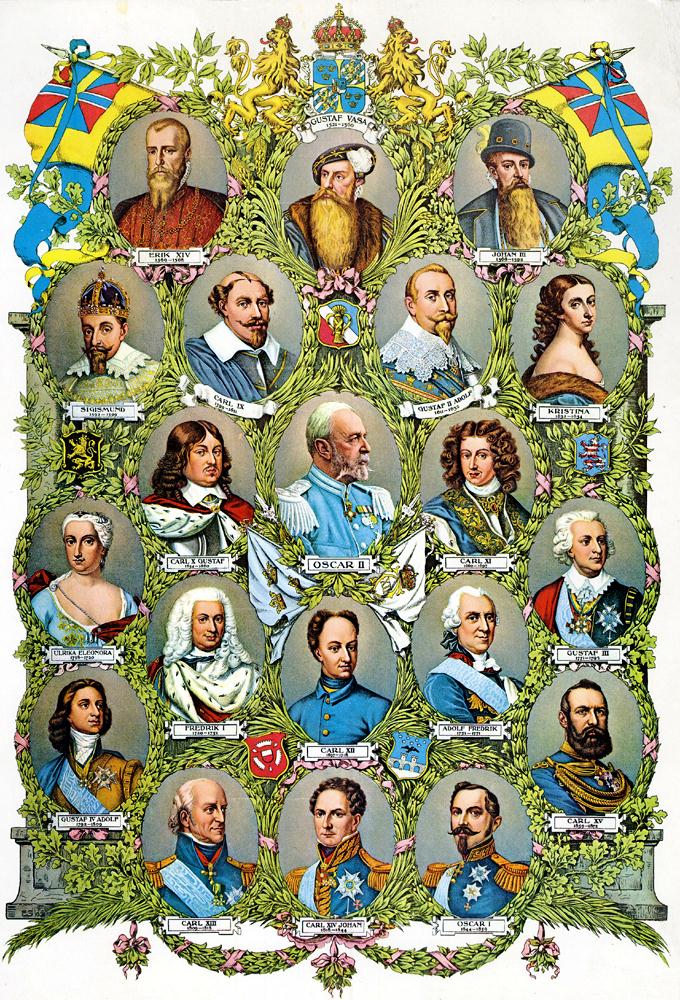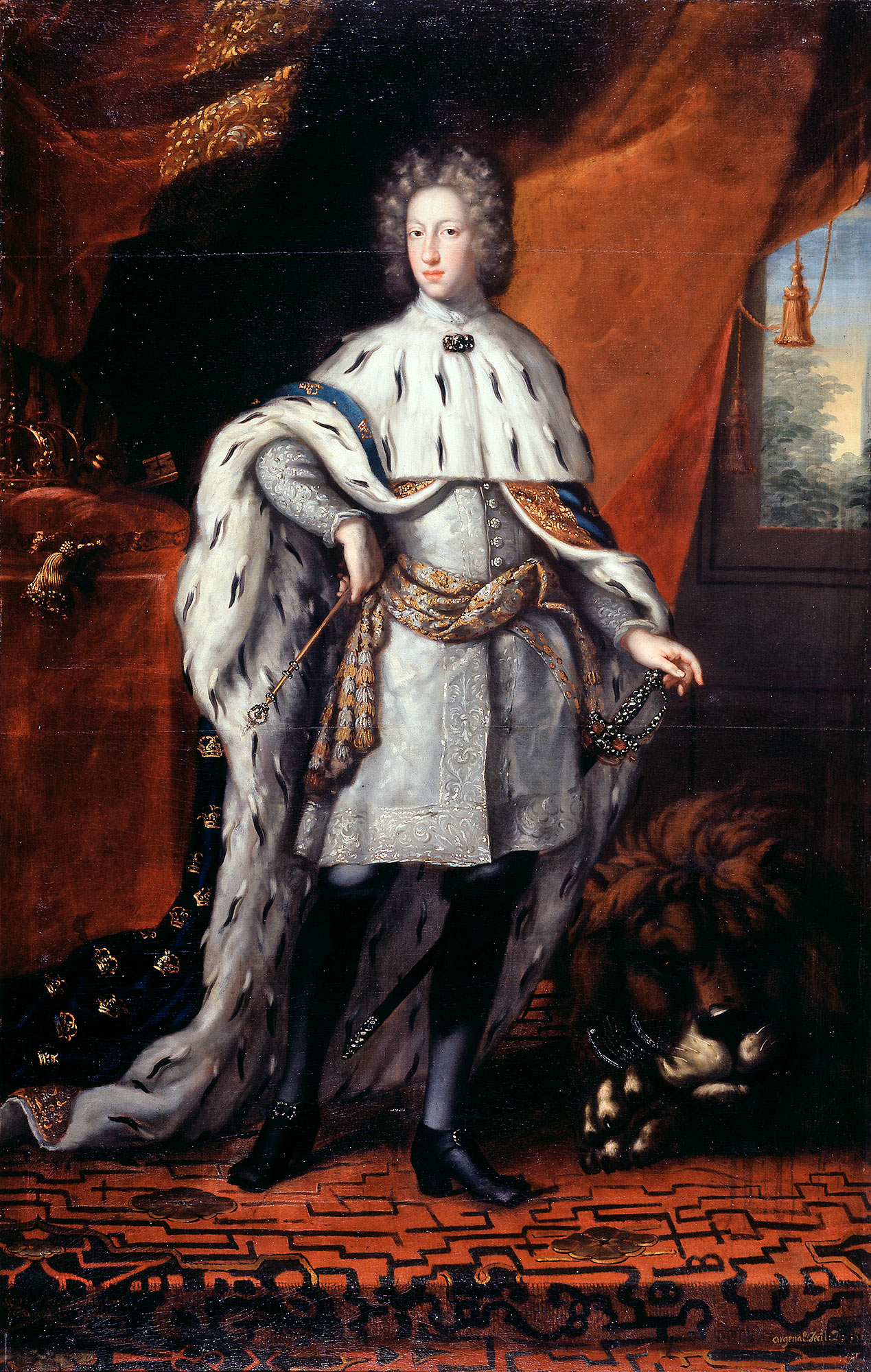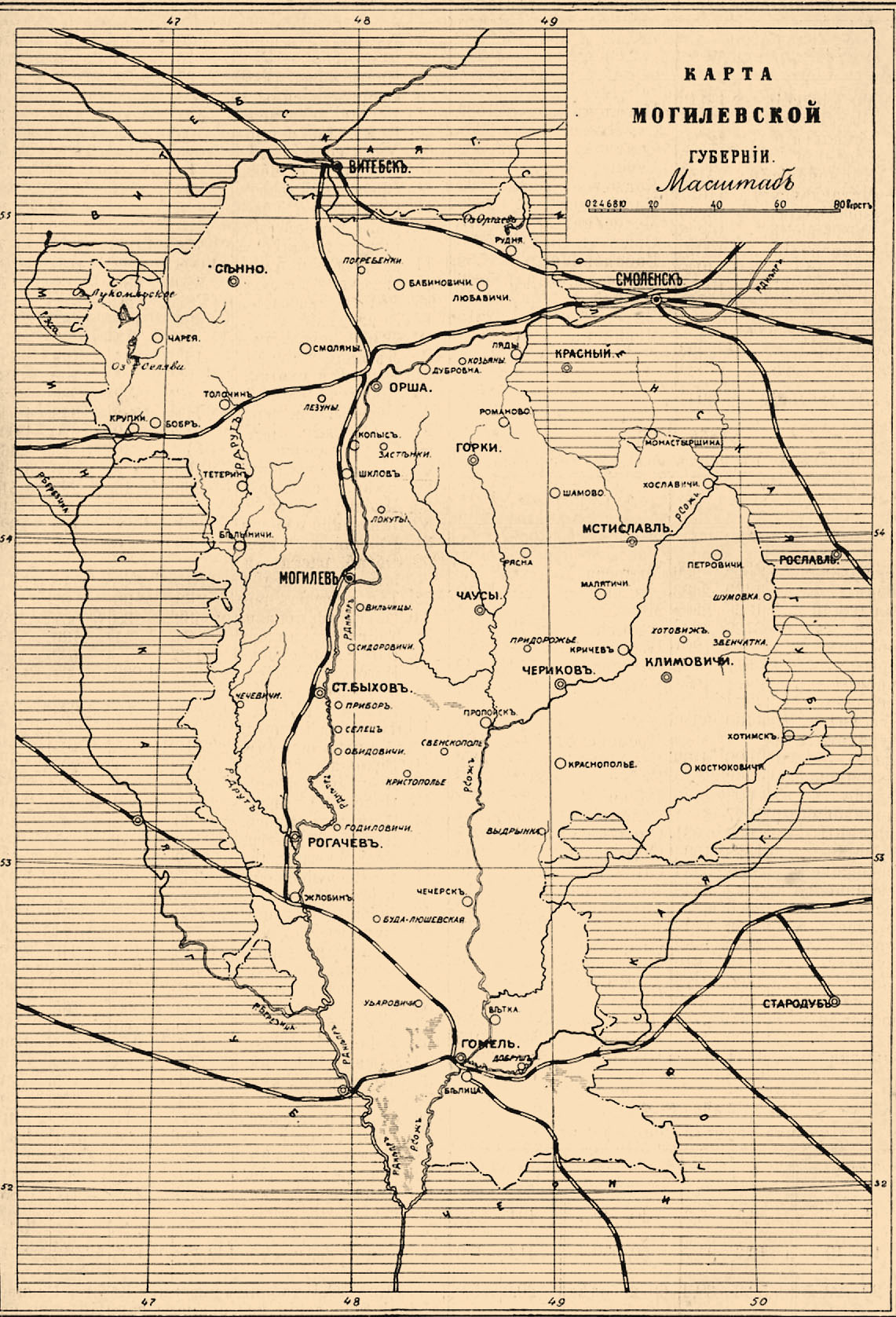|
Battle Of Lesnaya
The Battle of Lesnaya (russian: Битва при Лесной, Bitva pri Lesnoy; sv, Slaget vid Lesna; pl, Bitwa pod Leśną) was one of the major battles of the Great Northern War. It took place on between a Russian army of between 26,500 and 29,000 men commanded by Peter I of Russia, Mikhail Mikhailovich Golitsyn, Aleksandr Danilovich Menshikov, Christian Felix Bauer and Nikolai Grigorovitj von Werden and a Swedish army of about 12,500 men commanded by Adam Ludwig Lewenhaupt and , at the village of Lesnaya, located close to the border between the Polish–Lithuanian Commonwealth and Russia (now the village of Lyasnaya, south-east of Mogilev in Belarus). The Swedes were escorting a supply column of more than 4,500 wagons for their main army in Ukraine. Peter I intercepted Lewenhaupt's column before it reached the safety of Charles XII, the Swedish king, with the intention of destroying it. After eight hours of fighting, with heavy casualties, neither side stood as winner. ... [...More Info...] [...Related Items...] OR: [Wikipedia] [Google] [Baidu] |
Gregorian Calendar
The Gregorian calendar is the calendar used in most parts of the world. It was introduced in October 1582 by Pope Gregory XIII as a modification of, and replacement for, the Julian calendar. The principal change was to space leap years differently so as to make the average calendar year 365.2425 days long, more closely approximating the 365.2422-day 'tropical' or 'solar' year that is determined by the Earth's revolution around the Sun. The rule for leap years is: There were two reasons to establish the Gregorian calendar. First, the Julian calendar assumed incorrectly that the average solar year is exactly 365.25 days long, an overestimate of a little under one day per century, and thus has a leap year every four years without exception. The Gregorian reform shortened the average (calendar) year by 0.0075 days to stop the drift of the calendar with respect to the equinoxes.See Wikisource English translation of the (Latin) 1582 papal bull '' Inter gravissimas''. Second, ... [...More Info...] [...Related Items...] OR: [Wikipedia] [Google] [Baidu] |
Mikhail Mikhailovich Golitsyn
Prince Mikhail Mikhailovich Golitsyn or Galitzin (russian: Михаи́л Миха́йлович Голи́цын, tr. ; 1 November 1675 in Moscow – 10 December 1730) was a Russian Imperial field marshal (1725) and a president of the College of War (1728—1730). He was also known as a governor of Finland (1714–1721) during the " Great Discord". From 1728 he was a member of the Supreme Privy Council. He was the son of Mikhail Andreyevich Golitsyn and spouse of Tatyana Borisovna Golitsyna. See also * Asteroid 7161 Golitsyn was named after him. * A park A park is an area of natural, semi-natural or planted space set aside for human enjoyment and recreation or for the protection of wildlife or natural habitats. Urban parks are green spaces set aside for recreation inside towns and cities. ... in Moscow, established on the site of Golitsyn's city mansion and public garden. References {{DEFAULTSORT:Golitsyn, Mikhail Mikhailovich Field marshals of Russia ... [...More Info...] [...Related Items...] OR: [Wikipedia] [Google] [Baidu] |
Battle (formation)
A battle or ''battaile'' was a division of a medieval army. The word may be rendered as "battalion", but Abels and Bachrach et al. state this is not accurate because the ''bataille'' was a completely ad hoc formation. In late medieval warfare, field armies were often drawn up into three main battles, also called guards: the vanguard (''avant-garde''), the middle guard, and the rearguard (''arrière-garde''), often abbreviated to simply the van, middle, and rear. These terms imply, correctly, that the van preceded the middle, which in turn preceded the rear into battle, if the battles were arranged sequentially as a column A column or pillar in architecture and structural engineering is a structural element that transmits, through compression, the weight of the structure above to other structural elements below. In other words, a column is a compression member. .... If arranged abreast, the van was on the right, the middle in the center, and the rear on the left. References *(1 ... [...More Info...] [...Related Items...] OR: [Wikipedia] [Google] [Baidu] |
Withdrawal (military)
A tactical withdrawal or retreating defensive action is a type of military operation, generally meaning that retreating forces draw back while maintaining contact with the enemy. A withdrawal may be undertaken as part of a general retreat, to consolidate forces, to occupy ground that is more easily defended, force the enemy to overextend to secure a decisive victory, or to lead the enemy into an ambush. It is considered a relatively risky operation, requiring discipline to keep from turning into a disorganized rout or at the very least doing severe damage to the military's morale. Tactical withdrawal A withdrawal may be anticipated, as when a defending force is outmatched or on disadvantageous ground, but must cause as much damage to an enemy as possible. In such a case, the retreating force may employ a number of tactics and strategies to further impede the enemy's progress. This could include setting mines or booby traps during or before withdrawal, leading the enemy into p ... [...More Info...] [...Related Items...] OR: [Wikipedia] [Google] [Baidu] |
List Of Swedish Monarchs
This is a list of Swedish kings, queens, regents and viceroys of the Kalmar Union. History The earliest record of what is generally considered to be a Swedish king appears in Tacitus' work '' Germania'', c. 100 AD (the king of the Suiones). However, due to scant and unreliable sources before the 11th century, lists of succession traditionally start in the 10th century with king Olof Skötkonung, and his father Eric the Victorious, who also were the first Swedish kings to be baptized. There are, however, lists of Swedish pagan monarchs with far older dates, but in many cases these kings appear in sources of disputed historical reliability. These records notably deal with the legendary House of Yngling, and based on the Danish chronicler Saxo Grammaticus, Eric the Victorious and Olof Skötkonung have often been classified as belonging to the Swedish house of Ynglings, tracing them back to Sigurd Hring and Ragnar Lodbrok (whom Saxo considered to belong to the House of Yngling). Ho ... [...More Info...] [...Related Items...] OR: [Wikipedia] [Google] [Baidu] |
Charles XII Of Sweden
Charles XII, sometimes Carl XII ( sv, Karl XII) or Carolus Rex (17 June 1682 – 30 November 1718 O.S.), was King of Sweden (including current Finland) from 1697 to 1718. He belonged to the House of Palatinate-Zweibrücken, a branch line of the House of Wittelsbach. Charles was the only surviving son of Charles XI and Ulrika Eleonora the Elder. He assumed power, after a seven-month caretaker government, at the age of fifteen. In 1700, a triple alliance of Denmark–Norway, Saxony– Poland–Lithuania and Russia launched a threefold attack on the Swedish protectorate of Holstein-Gottorp and provinces of Livonia and Ingria, aiming to draw advantage as the Swedish Empire was unaligned and ruled by a young and inexperienced king, thus initiating the Great Northern War. Leading the Swedish army against the alliance, Charles won multiple victories despite being usually significantly outnumbered. A major victory over a Russian army some three times the size in 1700, at the Ba ... [...More Info...] [...Related Items...] OR: [Wikipedia] [Google] [Baidu] |
Ukraine
Ukraine ( uk, Україна, Ukraïna, ) is a country in Eastern Europe. It is the second-largest European country after Russia, which it borders to the east and northeast. Ukraine covers approximately . Prior to the ongoing Russian invasion, it was the eighth-most populous country in Europe, with a population of around 41 million people. It is also bordered by Belarus to the north; by Poland, Slovakia, and Hungary to the west; and by Romania and Moldova to the southwest; with a coastline along the Black Sea and the Sea of Azov to the south and southeast. Kyiv is the nation's capital and largest city. Ukraine's state language is Ukrainian; Russian is also widely spoken, especially in the east and south. During the Middle Ages, Ukraine was the site of early Slavic expansion and the area later became a key centre of East Slavic culture under the state of Kievan Rus', which emerged in the 9th century. The state eventually disintegrated into rival regional po ... [...More Info...] [...Related Items...] OR: [Wikipedia] [Google] [Baidu] |
Mogilev
Mogilev (russian: Могилёв, Mogilyov, ; yi, מאָלעוו, Molev, ) or Mahilyow ( be, Магілёў, Mahilioŭ, ) is a city in eastern Belarus, on the Dnieper River, about from the border with Russia's Smolensk Oblast and from the border with Russia's Bryansk Oblast. , its population was 360,918, up from an estimated 106,000 in 1956. It is the administrative centre of Mogilev Region and the third-largest city in Belarus. History The city was first mentioned in historical records in 1267. From the 14th century, it was part of the Grand Duchy of Lithuania, and since the Union of Lublin (1569), part of the Polish–Lithuanian Commonwealth, where it became known as ''Mohylew''. In the 16th-17th centuries, the city flourished as one of the main nodes of the east–west and north–south trading routes. In 1577, Polish King Stefan Batory granted it city rights under Magdeburg law. In 1654, the townsmen negotiated a treaty of surrender to the Russians peacefully, if ... [...More Info...] [...Related Items...] OR: [Wikipedia] [Google] [Baidu] |
Russian Empire
The Russian Empire was an empire and the final period of the Russian monarchy from 1721 to 1917, ruling across large parts of Eurasia. It succeeded the Tsardom of Russia following the Treaty of Nystad, which ended the Great Northern War. The rise of the Russian Empire coincided with the decline of neighbouring rival powers: the Swedish Empire, the Polish–Lithuanian Commonwealth, Qajar Iran, the Ottoman Empire, and Qing China. It also held colonies in North America between 1799 and 1867. Covering an area of approximately , it remains the third-largest empire in history, surpassed only by the British Empire and the Mongol Empire; it ruled over a population of 125.6 million people per the 1897 Russian census, which was the only census carried out during the entire imperial period. Owing to its geographic extent across three continents at its peak, it featured great ethnic, linguistic, religious, and economic diversity. From the 10th–17th centuries, the land ... [...More Info...] [...Related Items...] OR: [Wikipedia] [Google] [Baidu] |
Great Northern War
The Great Northern War (1700–1721) was a conflict in which a coalition led by the Tsardom of Russia successfully contested the supremacy of the Swedish Empire in Northern, Central and Eastern Europe. The initial leaders of the anti-Swedish alliance were Peter I of Russia, Frederick IV of Denmark–Norway and Augustus II the Strong of Saxony– Poland–Lithuania. Frederick IV and Augustus II were defeated by Sweden, under Charles XII, and forced out of the alliance in 1700 and 1706 respectively, but rejoined it in 1709 after the defeat of Charles XII at the Battle of Poltava. George I of Great Britain and the Electorate of Hanover joined the coalition in 1714 for Hanover and in 1717 for Britain, and Frederick William I of Brandenburg-Prussia joined it in 1715. Charles XII led the Swedish army. Swedish allies included Holstein-Gottorp, several Polish magnates under Stanislaus I Leszczyński (1704–1710) and Cossacks under the Ukrainian Hetman Ivan Mazepa (1708–17 ... [...More Info...] [...Related Items...] OR: [Wikipedia] [Google] [Baidu] |
Battle Of Lesnaya
The Battle of Lesnaya (russian: Битва при Лесной, Bitva pri Lesnoy; sv, Slaget vid Lesna; pl, Bitwa pod Leśną) was one of the major battles of the Great Northern War. It took place on between a Russian army of between 26,500 and 29,000 men commanded by Peter I of Russia, Mikhail Mikhailovich Golitsyn, Aleksandr Danilovich Menshikov, Christian Felix Bauer and Nikolai Grigorovitj von Werden and a Swedish army of about 12,500 men commanded by Adam Ludwig Lewenhaupt and , at the village of Lesnaya, located close to the border between the Polish–Lithuanian Commonwealth and Russia (now the village of Lyasnaya, south-east of Mogilev in Belarus). The Swedes were escorting a supply column of more than 4,500 wagons for their main army in Ukraine. Peter I intercepted Lewenhaupt's column before it reached the safety of Charles XII, the Swedish king, with the intention of destroying it. After eight hours of fighting, with heavy casualties, neither side stood as winner. ... [...More Info...] [...Related Items...] OR: [Wikipedia] [Google] [Baidu] |
Partizan Press
Partizan Press is a publisher of military history, especially about the English Civil War. They are the publishing division of Caliver Books — which is based in Leigh-on-Sea and Newthorpe. They also published Valkyrie Quarterly magazine and distribute miniature figurines for wargaming and role-playing Role-playing or roleplaying is the changing of one's behaviour to assume a role, either unconsciously to fill a social role, or consciously to act out an adopted role. While the ''Oxford English Dictionary'' offers a definition of role-playing a .... Compare References External links History books published by Partizan PressMagazines published by Partizan Press Role-playing game publishing companies {{UK-publish-company-stub ... [...More Info...] [...Related Items...] OR: [Wikipedia] [Google] [Baidu] |







